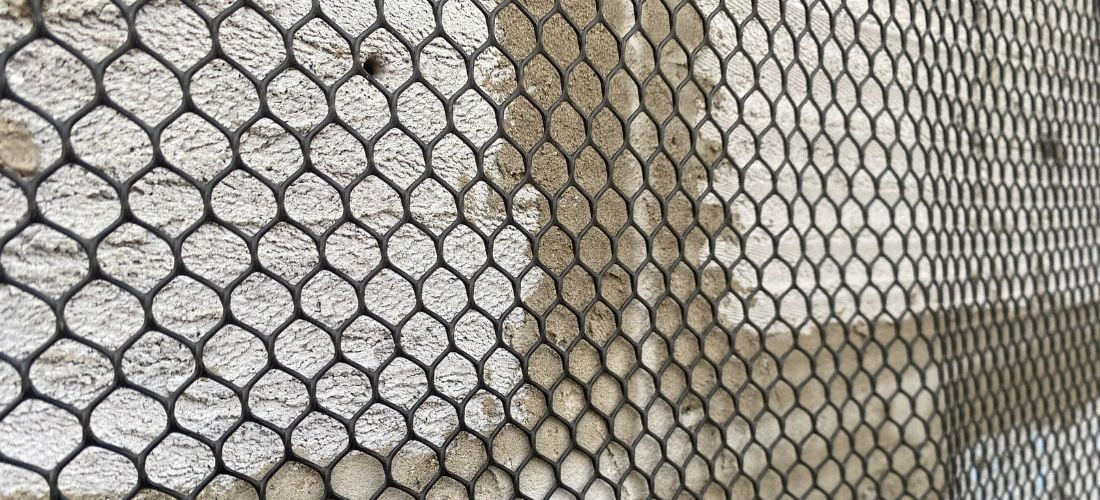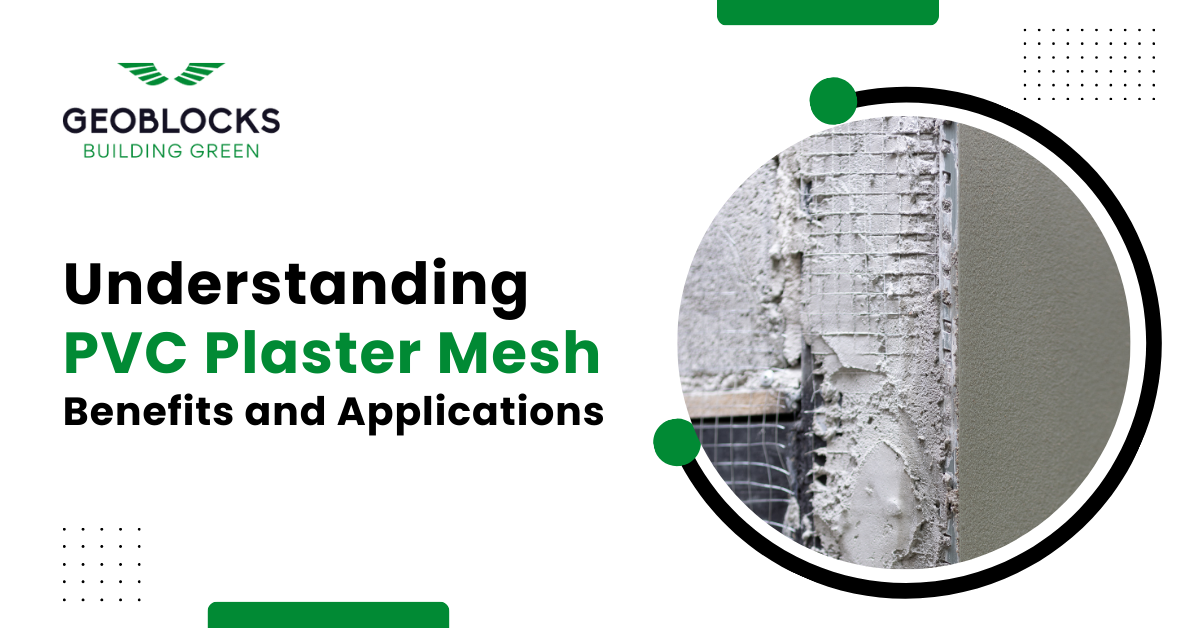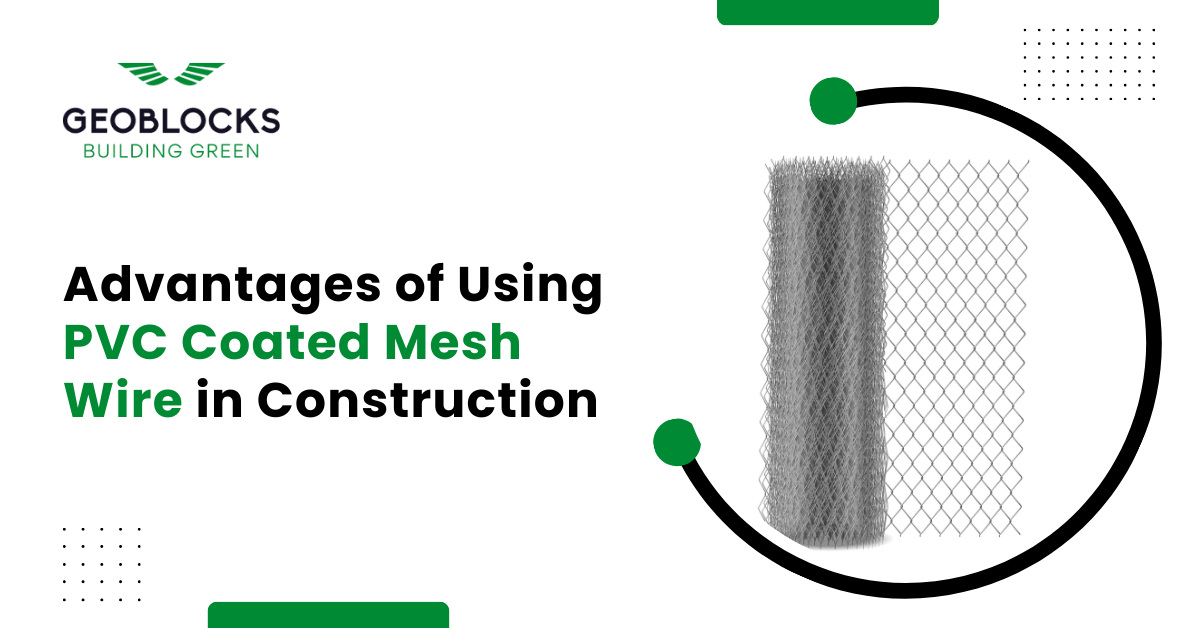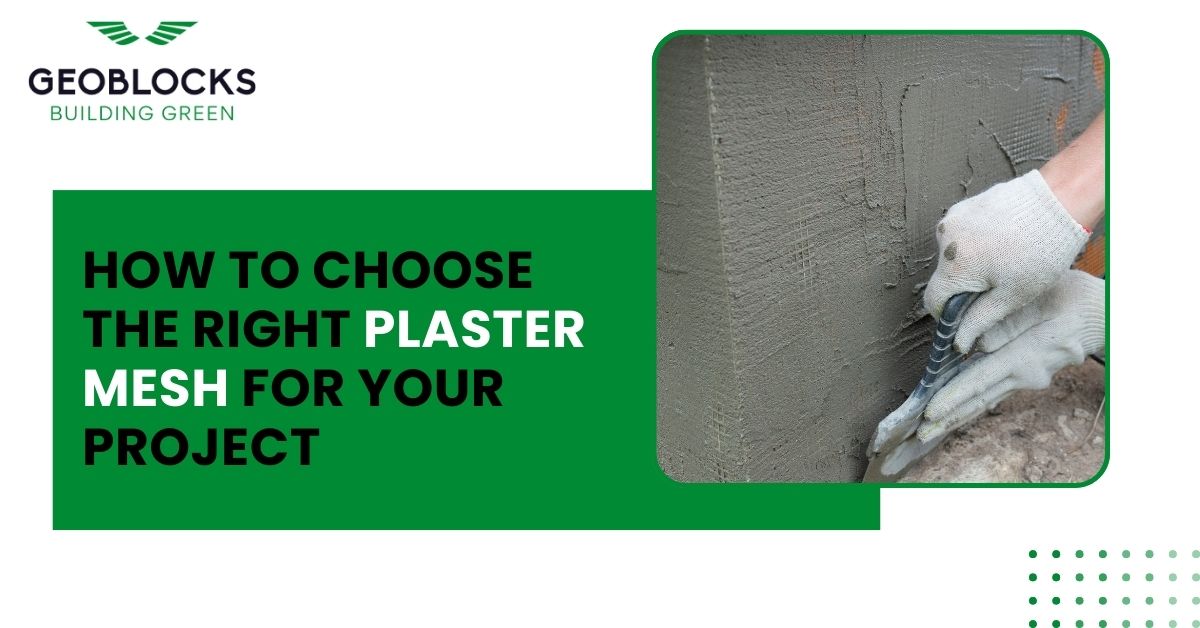PVC Plaster Net

Using PVC plaster net in AAC block plastering enhances durability, ease of application, and cost-effectiveness. It offers excellent moisture, weather, and environmental resistance while providing strong, flexible reinforcement. Ideal for both interior and exterior use, it ensures seamless, crack-free finishes and superior structural support, improving overall construction quality.
PVC Plaster Net
PVC plaster nets offer numerous advantages for construction projects. Their durability, owing to resistance to corrosion and chemical exposure, ensures a long lifespan. Being lightweight, they are easier to handle and install compared to metal alternatives, which reduces labor costs and time. As non-metallic materials, PVC nets are non-conductive, making them safer for various applications. Their flexibility allows them to be easily cut and shaped to fit different surfaces and requirements. Additionally, they are cost-effective, generally more affordable than metal meshes, and require less maintenance. PVC plaster nets also perform well under different weather conditions without degrading, thanks to their weather resistance. Furthermore, they are resistant to moisture, UV rays, and other environmental factors, enhancing their suitability for diverse environments.
PVC Plaster Net
PVC plaster nets provide multiple benefits in construction. For plaster reinforcement, they offer support and strength, preventing cracks and ensuring even application. They enhance surface bonding by improving the adhesion between plaster and the surface, thus increasing longevity. In facade reinforcement, they are used in exterior insulation finishing systems (EIFS) to strengthen plaster layers. For tile installation, PVC plaster nets provide a stable base, ensuring tiles adhere properly and remain secure. In masonry work, particularly with materials like AAC blocks, they offer crucial reinforcement. Additionally, they enhance the strength of concrete applications by providing additional structural support.
PVC Plaster Net for AAC Block Plastering
When plastering AAC blocks, PVC plaster net serves as a crucial reinforcement layer, preventing plaster from cracking and ensuring a uniform finish. It improves surface preparation by creating a better bonding surface for the plaster to adhere to AAC blocks, thereby enhancing the overall integrity of the structure. Acting as a moisture barrier, it helps prevent moisture penetration, which is vital for maintaining the integrity of AAC blocks. Additionally, it contributes to the thermal insulation properties of AAC blocks by providing a stable and secure base for the plaster. The ease of application is another benefit, as the net simplifies the plastering process by offering a clear and stable guide, ensuring even thickness and smooth surfaces. Furthermore, it enhances the structural support of AAC block constructions by distributing the load evenly and preventing localized stress points.
By incorporating PVC plaster net into your AAC block plastering projects, you can ensure higher quality, durability, and efficiency, ultimately leading to more resilient and long-lasting structures.
Related Posts
Understanding PVC Plaster Mesh: Benefits and Applications
PVC Plaster Mesh is an essential material in Construction, especially in Plastering and Rendering Applications. It provides Structural Integrity, Prevents…
Advantages of Using PVC Coated Mesh Wire in Construction
In modern construction, materials that offer durability, flexibility, and ease of installation are highly valued. One such material that has…
How to Choose the Right Plaster Mesh for Your Project
When it comes to ensuring the durability and integrity of your plaster finishes, selecting the right plaster mesh is crucial.…




